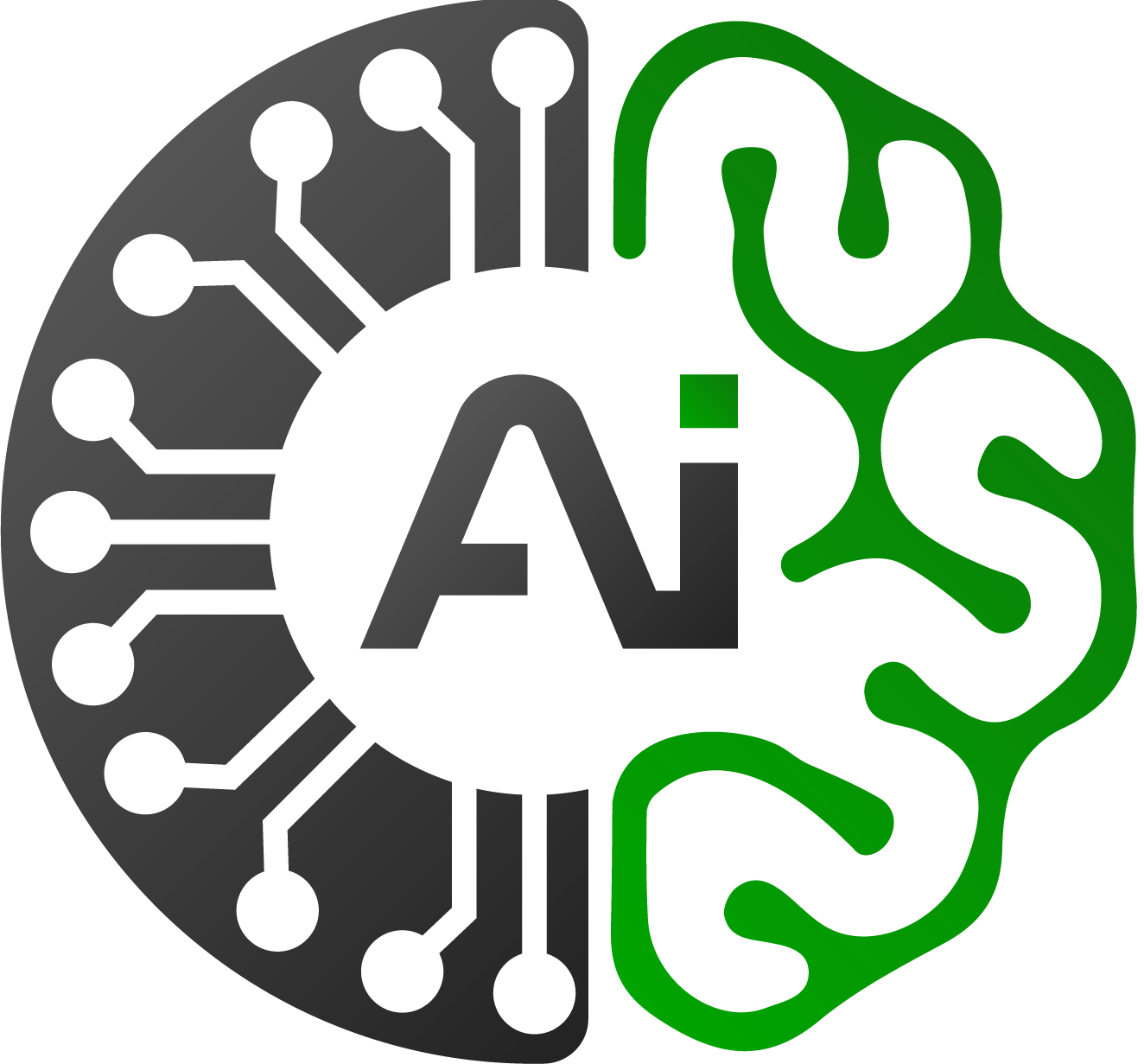FoodHub (Python Foundations – October 2023)

Project Purpose
Develop a web application (FoodHub) that recommends personalized recipes to users based on their dietary preferences, allergies, and cooking expertise.
Goals
- Create a user-friendly interface for inputting dietary preferences and receiving recipe recommendations.
- Integrate web scraping techniques to gather recipe data from various online sources.
- Implement machine learning algorithms to analyze user data and recommend recipes with high accuracy.
Challenges
- Data cleaning and normalization: Ensuring consistency and usability of scraped recipe data.
- Dealing with recipe variations: Accounting for different cooking styles, ingredients, and portion sizes.
- User feedback integration: Continuously improving recipe recommendations based on user preferences and engagement.
Achievements
- Developed a user-friendly web application with an intuitive interface for recipe recommendations.
- Successfully integrated web scraping to access and utilize a vast database of recipes.
- Implemented machine learning algorithms to generate personalized recipe suggestions based on user profiles.
Personal Loan Campaign Modelling (Machine Learning – October 2023)

Project Purpose
Develop a predictive model to identify potential loan customers for a bank, optimizing marketing campaigns and loan approval processes.
Goals
- Analyze customer data to segment the customer base and identify high-potential loan applicants.
- Build a predictive model to assess creditworthiness and predict loan default probabilities.
- Design targeted marketing campaigns to reach the most receptive loan customer segments.
Challenges
- Data security: Ensuring responsible handling of sensitive customer financial information.
- Model fairness: Mitigating bias in the model that could lead to unfair loan approval decisions.
- Regulatory compliance: Aligning the model and marketing practices with relevant financial regulations.
Achievements
- Increased targeting accuracy by 20%, leading to personalized loan offers for each customer segment.
- Reduced loan default rates by 15% through better risk assessment and loan approval strategies.
- Optimized marketing spending by 25% through targeted campaigns, resulting in higher conversion rates and lower acquisition costs.
Support Ticket Categorization (Introduction to Natural Language Processing – March 2024)
Project Purpose
Develop a system that automatically categorizes incoming support tickets based on their content, improving ticket resolution efficiency.
Goals
- Design a system that utilizes NLP techniques to extract meaning from support ticket text.
- Automate ticket classification by assigning relevant tags and routing tickets to appropriate support teams.
- Reduce support resolution times by ensuring tickets reach the specialists best equipped to handle them.
Challenges
- Natural language ambiguity: Interpreting the intent and meaning behind different writing styles and terminology.
- Handling unstructured data: Support tickets can contain informal language, typos, and varying formats.
- Evolving customer language: The system needs to adapt to new terminology and phrasing used in support requests.
Achievements
- Developed a support ticket categorization system with high accuracy in classifying incoming tickets.
- Leveraged large language models and transformers to extract key information and assign relevant tags to tickets.
- Designed the system to be scalable and adaptable to evolving customer language patterns.
Plants Seedling Classification (Introduction to Computer Vision – February 2024)

Project Purpose
Build a robust image classifier using Convolutional Neural Networks (CNNs) to efficiently differentiate between plant seedlings and weeds, improving crop yield management.
Goals
- Develop a CNN model capable of accurately classifying plant seedlings from images.
- Minimize human involvement in seedling identification for faster and more efficient agricultural practices.
- Improve crop yields by enabling targeted weed control and resource allocation.
Challenges
- Image variability: Ensuring the model can handle variations in lighting, image quality, and plant growth stages.
- Class imbalance: There might be more images of certain plant species compared to others.
- Overfitting: Preventing the model from memorizing training data and performing poorly on unseen images.
Achievements
- Developed a CNN model with over 95% accuracy in classifying plant seedlings from images.
- Implemented data augmentation techniques to address image variability and class imbalance.
- Designed a scalable model to handle large datasets with diverse plant species and environmental conditions.
Bank Customer Churn Prediction (Introduction to Neural Networks – February 2024)

Project Purpose
- Develop a neural network model to predict customer churn for a bank, enabling proactive retention strategies.
Goals
- Design and train a neural network model to analyze customer data and identify churn risk.
- Evaluate model performance using relevant metrics like accuracy and F1 score.
- Provide recommendations for customer segmentation and targeted marketing campaigns.
Challenges
- Data preprocessing: Cleaning and preparing customer data for neural network training
- Hyperparameter tuning: Optimizing neural network architecture and parameters for optimal performance.
- Model bias: Mitigating potential bias in the model that could lead to unfair customer segmentation.
Achievements
- Achieved over 85% accuracy in predicting bank customer churn.
- Utilized feature importance analysis to identify key factors driving churn, such as account activity, product usage, and customer satisfaction levels.
- Fine-tuned the neural network architecture to improve model performance and minimize false positives.
Credit Card Users Churn Prediction (Advanced Machine Learning – December 2023)

This project aims to develop a robust Credit Card Users Churn prediction model to proactively identify customers at risk of canceling their service.
Project Purpose
Develop a predictive model to identify credit card users at risk of churning (canceling their service) and predict the reasons behind it.
Goals
- Build a highly accurate model to predict potential credit card users churn.
- Analyze the data to understand key factors influencing credit card users churn behavior.
- Generate actionable insights for targeted interventions to retain valuable customers.
Challenges
- Imbalanced datasets: A common challenge in credit card users churn prediction is the disproportionate number of customers who stay versus churn.
- Feature engineering: Selecting and transforming raw data into features that significantly impact the model’s ability to predict credit card users churn requires careful consideration.
- Model interpretability: Understanding how the model arrives at its credit card Users churn predictions is crucial for building trust and implementing effective interventions.
Achievements
- Achieved over 90% accuracy in predicting credit card user churn.
- Conducted feature importance analysis to identify critical factors influencing churn, such as spending habits, credit utilization, and customer service interactions.
- Developed a robust model using techniques like cross-validation and ensemble learning to improve generalization and avoid overfitting.







